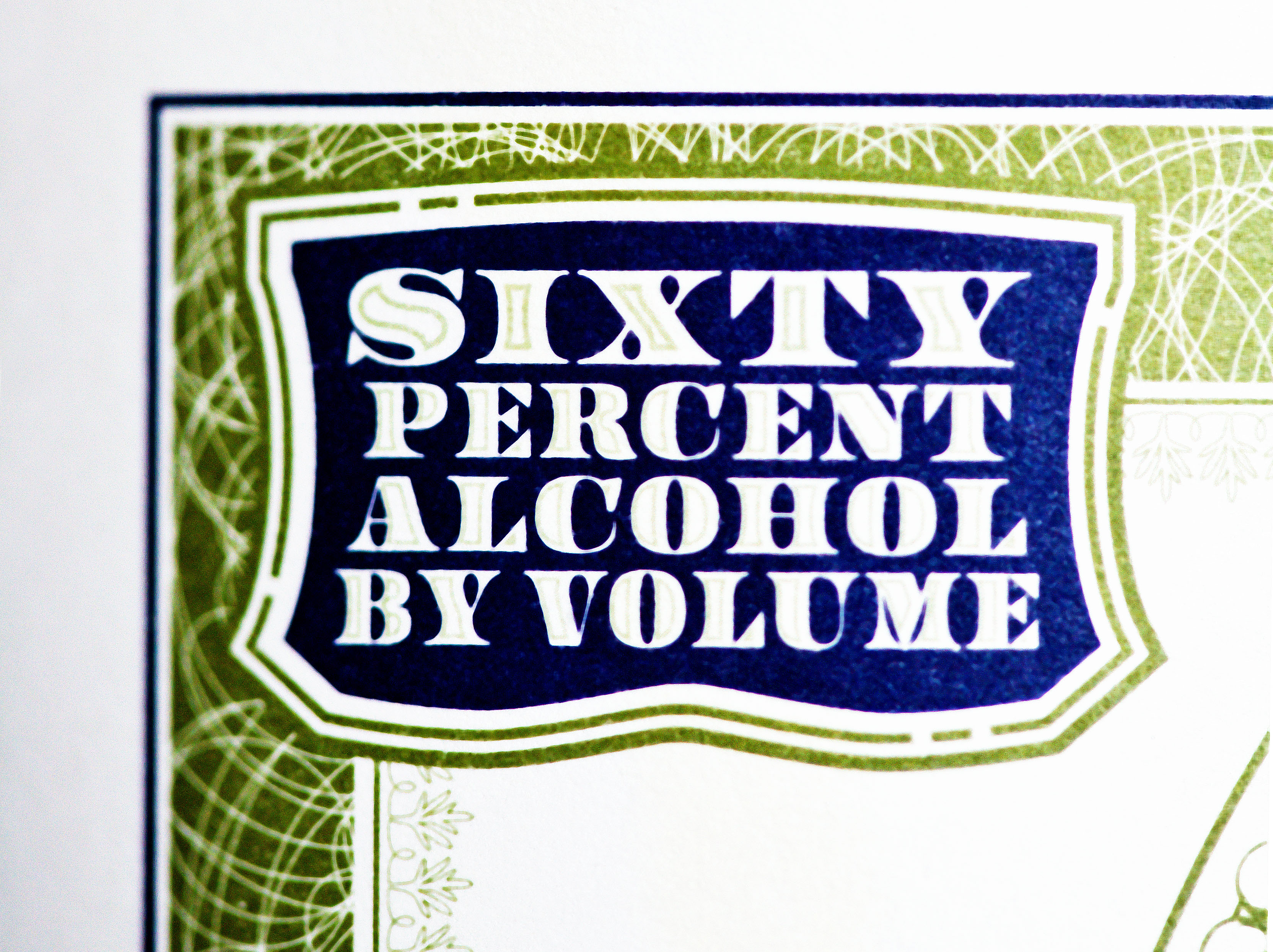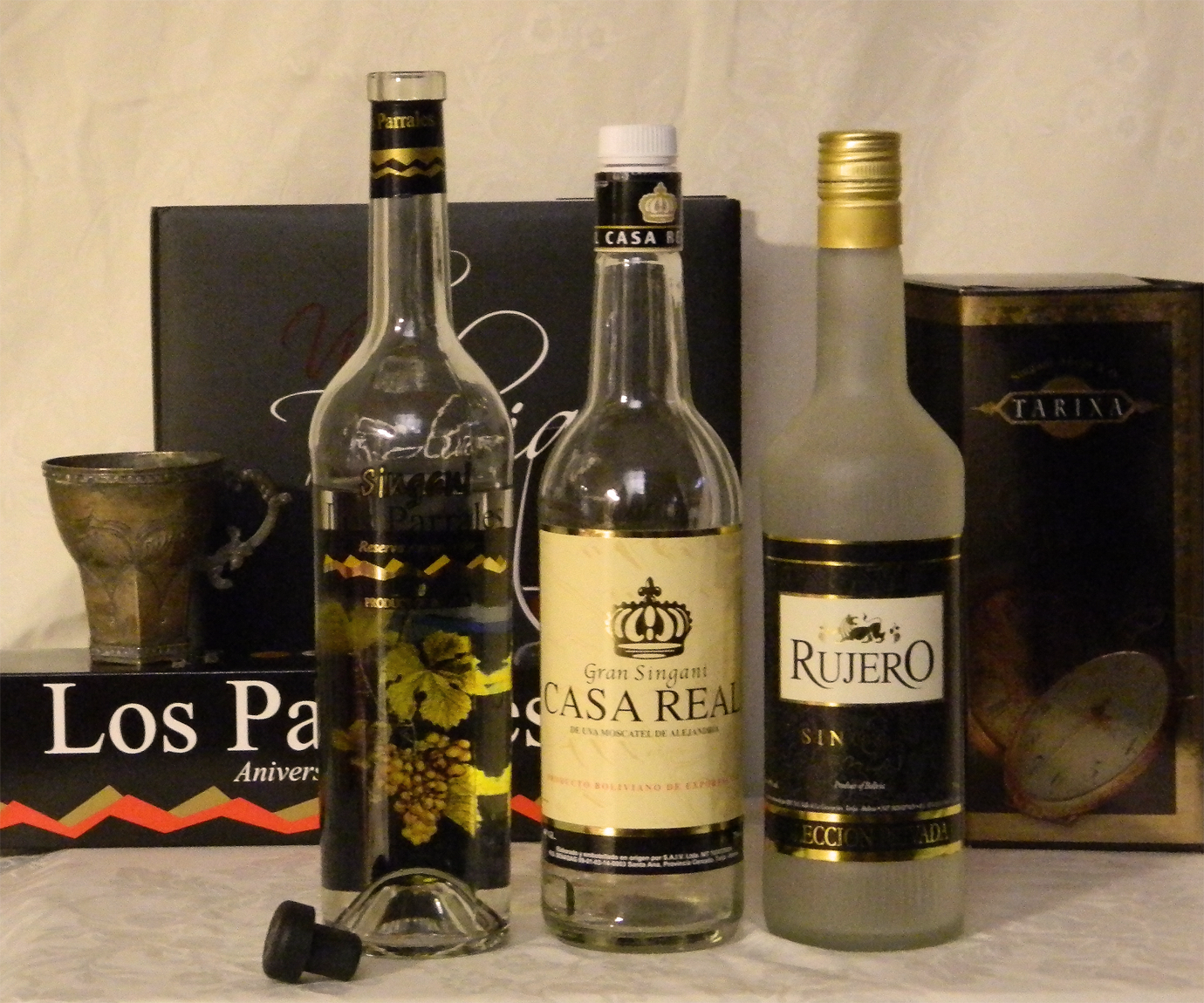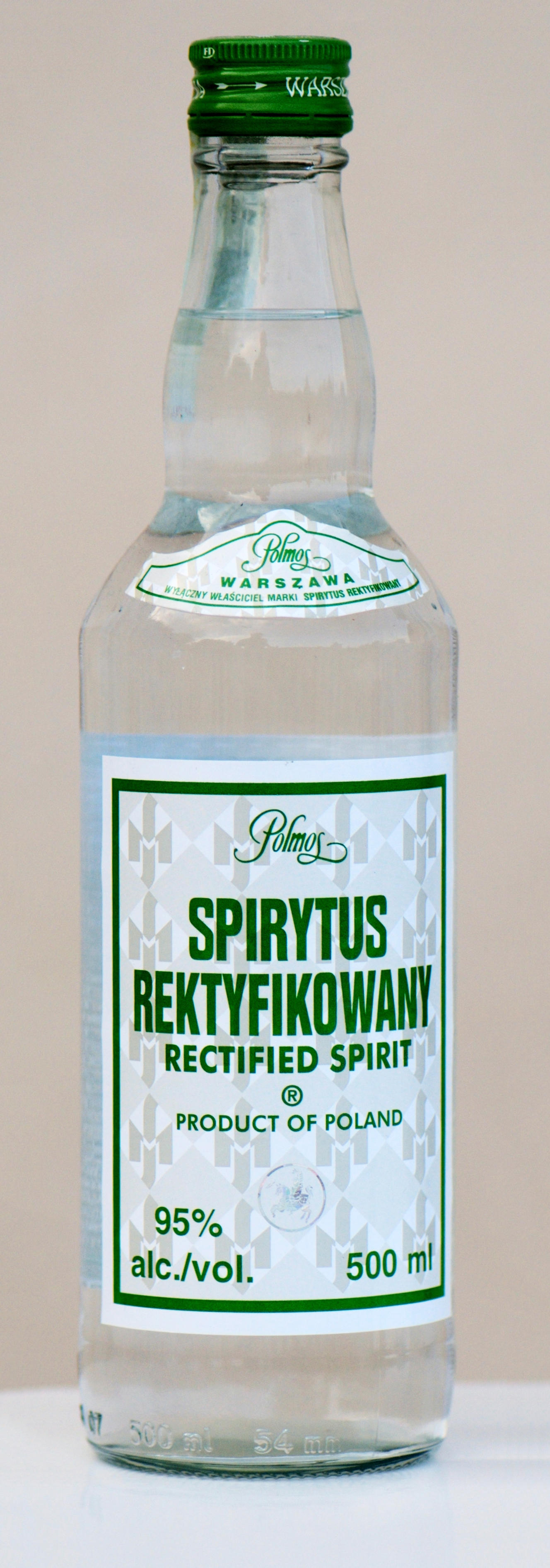|
Cocoroco
Cocoroco is a Bolivian rectified spirit made of sugar cane with a purity of 96%. Cocoroco is sold as "potable alcohol", most often in tin cans. Like rum, cocoroco is made from sugar cane.Bernhardson, Wayne. 1985Tierra, trabajo y ganadería indígena en la economía regional de Arica.'' Revista Chungará'' no. 15. Page 161. Unlawful trade of cocoroco and coca leaves occurs across the Altiplano among Aymara communities living in Chile and Bolivia. Cocoroco is illegal in some neighboring countries such as Chile where all alcoholic drinks with over 55% alcohol content by volume are illegal. Notable brands of cocoroco include Caiman and Ceibo. See also * Toxicity of alcohol *Cachaça, a typical Brazilian alcoholic beverage * Fernet, a typical Italian and Argentine alcoholic beverage *Pisco, a typical Peruvian and Chilean alcoholic beverage *Rectified spirit *Singani Singani is a Bolivian eau-de-vie or brandy distilled from white Muscat of Alexandria grapes. Only produced in the hi ... [...More Info...] [...Related Items...] OR: [Wikipedia] [Google] [Baidu] |
Alcohol By Volume
Alcohol by volume (abbreviated as alc/vol or ABV) is a common measure of the amount of Alcohol (drug), alcohol contained in a given alcoholic beverage. It is defined as the volume the ethanol in the liquid would take if separated from the rest of the solution, divided by the volume of the solution, both at . Pure ethanol is lighter than water, with a density of . The alc/vol standard is used worldwide. The International Organization of Legal Metrology has ethanol (data page)#Properties of aqueous ethanol solutions, tables of density of water–ethanol mixtures at different concentrations and temperatures. In some countries, e.g. France, alcohol by volume is often referred to as degrees Gay-Lussac (after the French chemist Joseph Louis Gay-Lussac), although there is a slight difference since the Gay-Lussac convention uses the International Standard Atmosphere value for temperature, . Volume change Mixing two solutions of alcohol of different strengths usually causes a change in ... [...More Info...] [...Related Items...] OR: [Wikipedia] [Google] [Baidu] |
Pisco
Pisco is a colorless or yellowish-to-amber-colored spirit produced in winemaking regions of Peru and Chile. Made by distilling fermented grape juice into a high-proof spirit, it was developed by 16th-century Spanish settlers as an alternative to orujo, a pomace brandy that was being imported from Spain. It had the advantages of being produced from abundant domestically grown fruit and reducing the volume of alcoholic beverages transported to remote locations. Etymology The oldest use of the word ''pisco'' to denote Peruvian aguardiente dates from 1764. The beverage may have acquired its Quechua name from the Peruvian town of Pisco, once an important colonial port for the exportation of viticultural products,'' Concise Oxford Dictionary'', 12th edition, 2012. which is located on the coast of Peru in the valley of Pisco, by the river with the same name."Pisco", ''Oxford English Dictionary''. second ed. 1989. From there, "Aguardiente de Pisco" was exported to Europe, especi ... [...More Info...] [...Related Items...] OR: [Wikipedia] [Google] [Baidu] |
Chile
Chile, officially the Republic of Chile, is a country in western South America. It is the southernmost country in the world and the closest to Antarctica, stretching along a narrow strip of land between the Andes, Andes Mountains and the Pacific Ocean. Chile had a population of 17.5 million as of the latest census in 2017 and has a territorial area of , sharing borders with Peru to the north, Bolivia to the northeast, Argentina to the east, and the Drake Passage to the south. The country also controls several Pacific islands, including Juan Fernández Islands, Juan Fernández, Isla Salas y Gómez, Desventuradas Islands, Desventuradas, and Easter Island, and claims about of Antarctica as the Chilean Antarctic Territory. The capital and largest city of Chile is Santiago, and the national language is Spanish language, Spanish. Conquest of Chile, Spain conquered and colonized the region in the mid-16th century, replacing Incas in Central Chile, Inca rule; however, they Arauco War ... [...More Info...] [...Related Items...] OR: [Wikipedia] [Google] [Baidu] |
Singani
Singani is a Bolivian eau-de-vie or brandy distilled from white Muscat of Alexandria grapes. Only produced in the high valleys of Bolivia, it is the country's national distilled spirit and considered part of its Culture of Bolivia, cultural patrimony. Singani has been produced since the 16th century shortly after the Spanish arrived in South America. It was first distilled by monastic orders who needing sacramental wine found it expedient to also distill. Most sources say the name singani derives from a pre-Columbian village of that name near the mission that first distilled the liquor. While its production methods and drinking characteristics more closely resemble eaux-de-vie, it is treated as a brandy for purposes of international trade. It has since been declared a Domain of Origin (Denominación de Origen or DO) and a Geographical Indication (GI) by the Bolivian government. Since the 1990s, formal Bolivian regulations have codified what has long been practiced, and the vine ... [...More Info...] [...Related Items...] OR: [Wikipedia] [Google] [Baidu] |
Rectified Spirit
Rectified spirit, also known as neutral spirits, rectified alcohol or ethyl alcohol of agricultural origin, is highly concentrated ethanol that has been purified by means of repeated distillation in a process called rectification. In some countries, denatured alcohol or denatured rectified spirit may commonly be available as "rectified spirit", because in some countries (though not necessarily the same) the retail sale of rectified alcohol in its non-denatured form is prohibited. The purity of rectified spirit has a practical limit of 97.2% ABV (95.6% by mass) when produced using conventional distillation processes, as a mixture of ethanol and water becomes a minimum-boiling azeotrope at this concentration. However, rectified spirit is typically distilled in continuous multi-column stills at 96–96.5% ABV and diluted as necessary. Ethanol is a commonly used medical alcohol''spiritus fortis'' is a medical term for ethanol solutions with 95% ABV. Neutral spirits can be produc ... [...More Info...] [...Related Items...] OR: [Wikipedia] [Google] [Baidu] |
Fernet
Fernet () is an Italian type of '' amaro'', a bitter, aromatic spirit. Fernet is made from a number of herbs and spices which vary according to the brand, but usually include myrrh, rhubarb, chamomile, cardamom, aloe, and especially saffron, with a base of distilled grape spirits. Fernet is usually served as a digestif after a meal but may also be served with coffee and espresso or mixed into coffee and espresso drinks. It may be served at room temperature or with ice. The Italian liqueur Fernet-Branca, developed in 1845, has a cult following in the international bartending community and is immensely popular in Argentina and Southern Brazil. Argentina consumes more than 75% of all fernet produced globally and, due to the product's popularity, also has Fratelli Branca's only distillery outside of Italy. As it is traditionally mixed with Coke, fernet has also contributed in making Argentina one of the biggest consumers of Coca-Cola in the world. Fernet and Coke (Spanish: '' fe ... [...More Info...] [...Related Items...] OR: [Wikipedia] [Google] [Baidu] |
Cachaça
''Cachaça'' () is a Liquor, distilled spirit made from fermented sugarcane juice. Also known as ''pinga'', ''caninha'', and other names, it is the most popular spirit in Brazil.Cavalcante, Messias Soares. Todos os nomes da cachaça. São Paulo: Sá Editora, 2011. 392p. Outside Brazil, cachaça is used almost exclusively as an ingredient in tropical drinks, with the ''caipirinha'' being the most famous and popular cocktail. In Brazil, caipirinha is often paired with the dish ''feijoada''. History Sugar production was mostly switched from the Madeira, Madeira islands to Brazil by the Portuguese in the 16th century. In Madeira, ''aguardente de cana'' is made by distilling fermented sugar cane juice into liquor, and the pot stills from Madeira were brought to Brazil to make what today is also called ''cachaça''. The process dates from 1532, when one of the Portuguese colonists brought the first cuttings of sugar cane to Brazil from Madeira. The name ''Cachaça'' is legall ... [...More Info...] [...Related Items...] OR: [Wikipedia] [Google] [Baidu] |
Alcohol (chemistry)
In chemistry, an alcohol (), is a type of organic compound that carries at least one hydroxyl () functional group bound to a Saturated and unsaturated compounds, saturated carbon atom. Alcohols range from the simple, like methanol and ethanol, to complex, like sugar alcohols and cholesterol. The presence of an OH group strongly modifies the properties of Hydrocarbon, hydrocarbons, conferring Hydrophile, hydrophilic (water-loving) properties. The OH group provides a site at which many reactions can occur. History The flammable nature of the exhalations of wine was already known to ancient natural philosophers such as Aristotle (384–322 BCE), Theophrastus (–287 BCE), and Pliny the Elder (23/24–79 CE). However, this did not immediately lead to the isolation of alcohol, even despite the development of more advanced distillation techniques in second- and third-century Roman Egypt. An important recognition, first found in one of the writings attributed to Jabir ibn Hayyan, J� ... [...More Info...] [...Related Items...] OR: [Wikipedia] [Google] [Baidu] |
Aymara People
The Aymara or Aimara (, ) people are an Indigenous people in the Andes and Altiplano regions of South America. Approximately 2.3 million Aymara live in northwest Argentina, Bolivia, Chile, and Peru. The ancestors of the Aymara lived in the region for many centuries before becoming a subject people of the Inca Empire in the late 15th or early 16th century and later of the Spanish in the 16th century. With the Spanish American wars of independence (1810–1825), the Aymaras became subjects of the new nations of Bolivia and Peru. After the War of the Pacific (1879–1883), Chile annexed territory with the Aymara population. Etymology The name of the Aymara people stems from the word ''Ayma-ra-mi'' meaning "a place with many communally owned farms". The word "Aymara" also refers to a group of language dialects of which the origin, spread and time-frame are debated. History Early history The early history of the Aymara people is uncertain. Various hypotheses have been voiced ... [...More Info...] [...Related Items...] OR: [Wikipedia] [Google] [Baidu] |
Bolivia
Bolivia, officially the Plurinational State of Bolivia, is a landlocked country located in central South America. The country features diverse geography, including vast Amazonian plains, tropical lowlands, mountains, the Gran Chaco Province, warm valleys, high-altitude Andean plateaus, and snow-capped peaks, encompassing a wide range of climates and biomes across its regions and cities. It includes part of the Pantanal, the largest tropical wetland in the world, along its eastern border. It is bordered by Brazil to the Bolivia-Brazil border, north and east, Paraguay to the southeast, Argentina to the Argentina-Bolivia border, south, Chile to the Bolivia–Chile border, southwest, and Peru to the west. The seat of government is La Paz, which contains the executive, legislative, and electoral branches of government, while the constitutional capital is Sucre, the seat of the judiciary. The largest city and principal industrial center is Santa Cruz de la Sierra, located on the Geog ... [...More Info...] [...Related Items...] OR: [Wikipedia] [Google] [Baidu] |
Altiplano
The Altiplano (Spanish language, Spanish for "high plain"), Collao (Quechuan languages, Quechua and Aymara language, Aymara: Qullaw, meaning "place of the Qulla people, Qulla") or Andean Plateau, in west-central South America, is the most extensive high plateau on Earth outside Tibet. The plateau is located at the latitude of the widest part of the north–south-trending Andes. The bulk of the Altiplano lies in Bolivia, but its northern parts lie in Peru, and its southwestern fringes lie in Chile. There are on the plateau many towns and several cities, including El Alto and Oruro, Bolivia, Oruro in Bolivia, Juliaca and Puno in Peru. The northeastern part of the Altiplano is more humid than the southwestern part, which has several Salt pan (geology), salares (salt flats), due to its aridity. At the Bolivia–Peru border lies Lake Titicaca, the largest lake in South America. Farther south, in Bolivia, there was until recently a lake, Lake Poopó, but by December 2015 it had complet ... [...More Info...] [...Related Items...] OR: [Wikipedia] [Google] [Baidu] |






